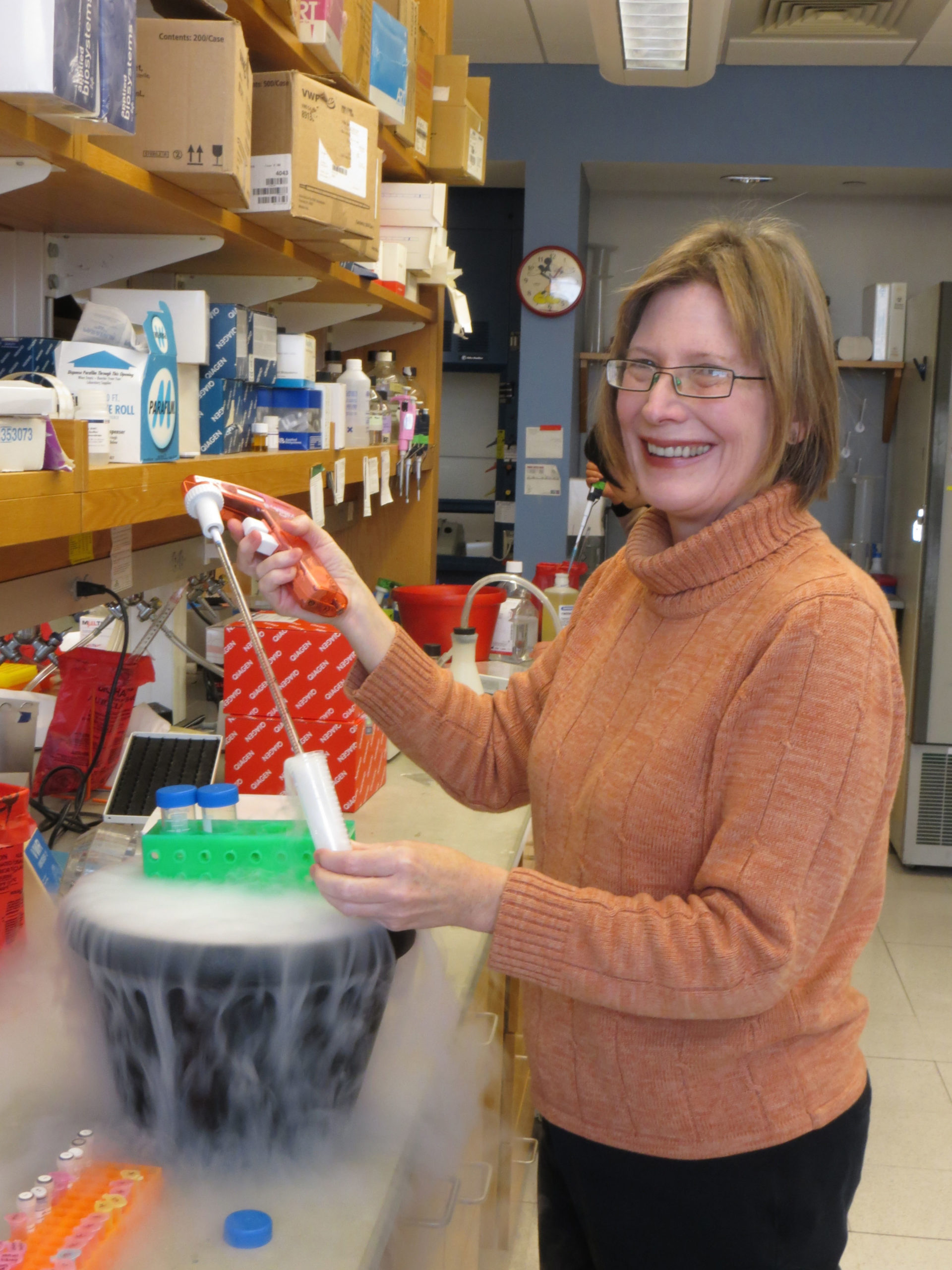IRF1 decoy treatment
Abstract
We have developed a strategy to therapeutically target the epigenome through the use of a transcription factor decoy. We hypothesize that disease-associated cytokines activate IRF1, driving it onto target promoters, which then recruit histone acetyltransferases, facilitating expression of a pathologic gene set. The IRF1 decoy will regulate H4 acetylation patterns in a locus-specific manner. The conceptual strategy of using locked nucleic acid oligonucleotide decoys has already been tested in non-human primates and represents a feasible type of therapeutic. We have preliminary data demonstrating that the IRF1 decoy binds IRF1 and downregulates the expression of IRF1 target genes, and diminishes H4 acetylation at the same IRF1 target genes. Our aims are to 1) Optimize the IRF1 decoy system. We will ensure we have identified the optimal sequence for IRF1-specific binding and will identify histone acetyltransferases associated with IRF1. For future mechanistic studies, we will also optimize decoy delivery. 2) Define the H4 acetylation changes in monocytes attributable to IRF1. We will use ChIP-seq in both IRF1 over-expression and IRF1 decoy-treated cells to better understand the breadth of the histone modifications that will be impacted by treatment. In this aim, we will also determine the durability of the effect in vitro.




